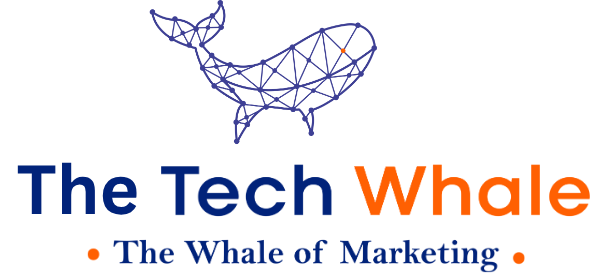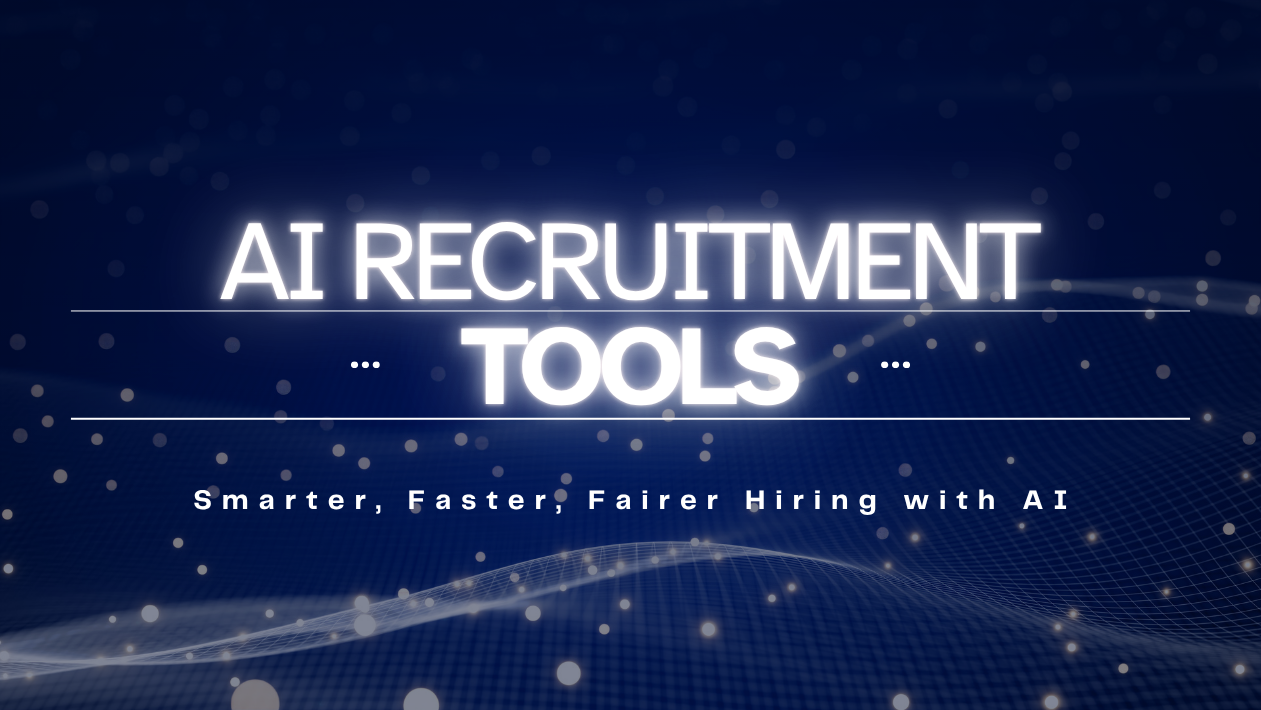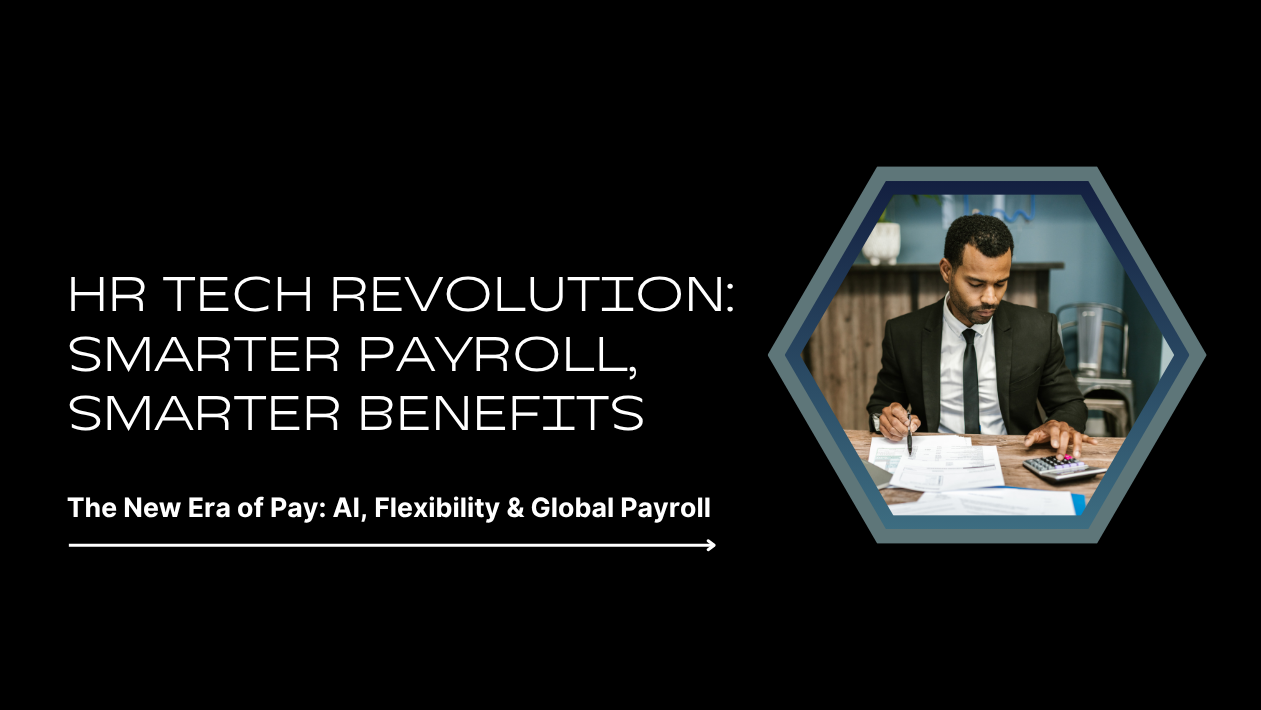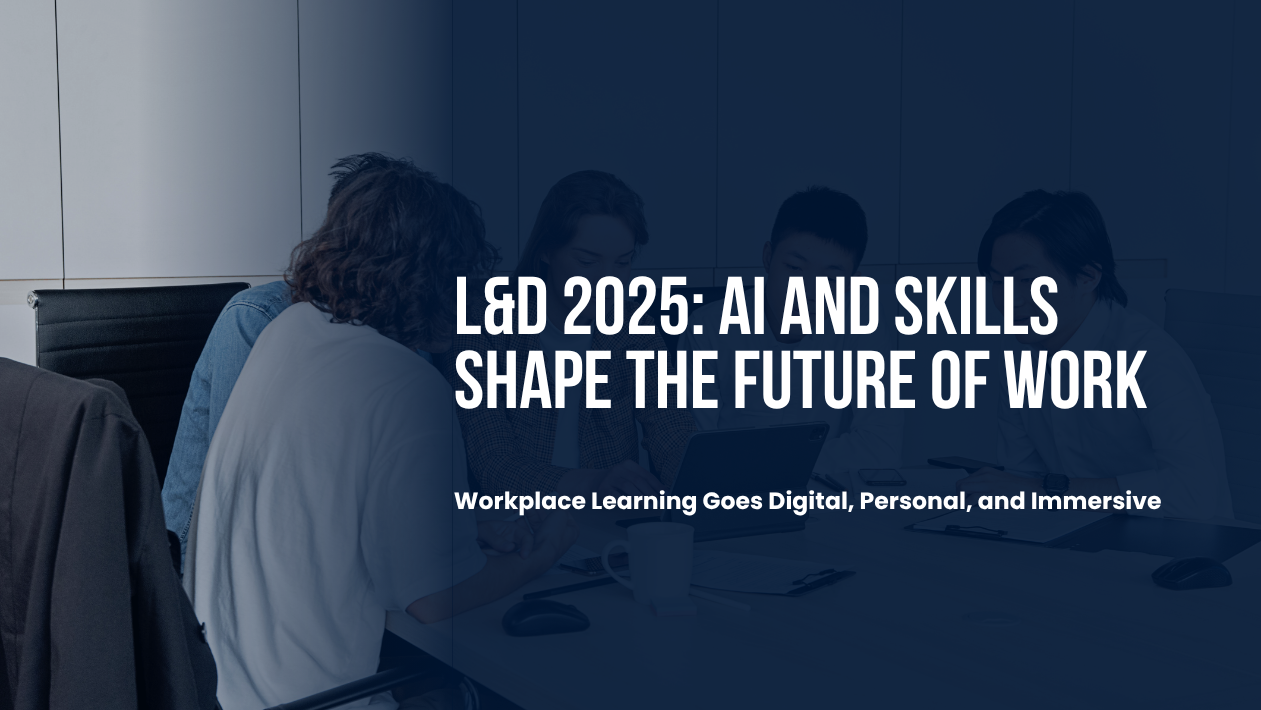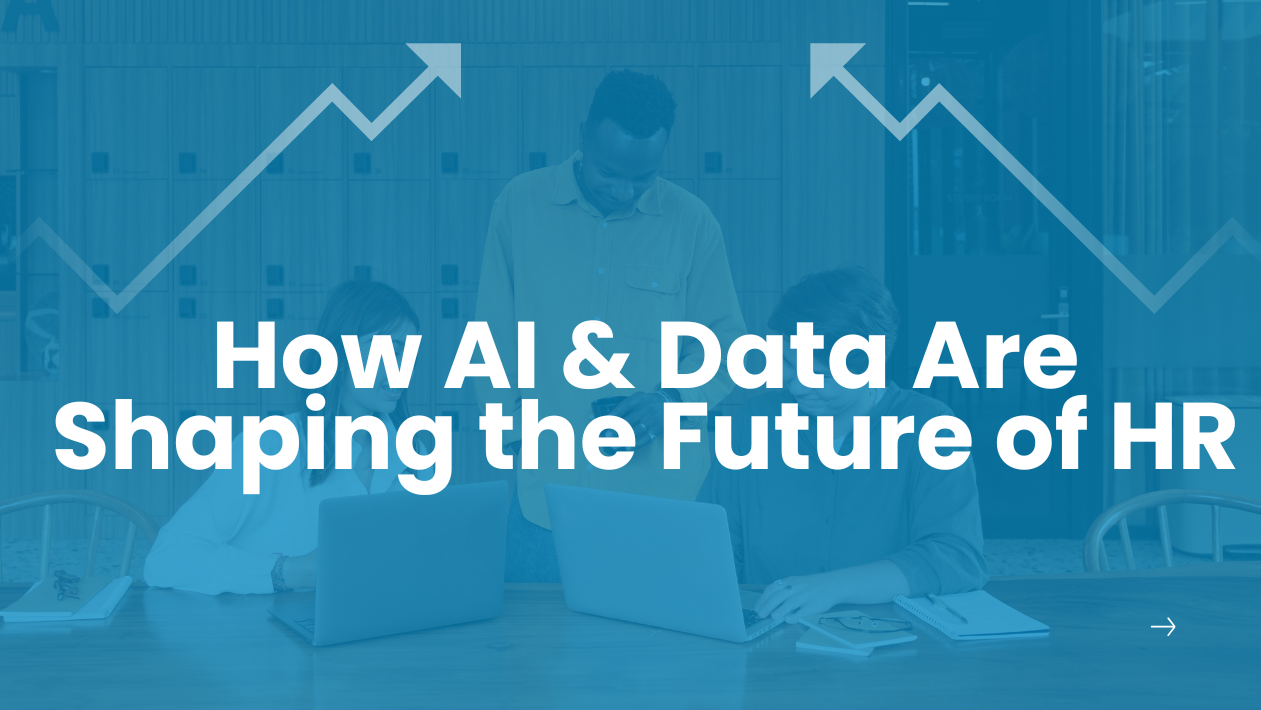The recruitment industry in 2025 looks vastly different from just a few years ago. With the rise of AI-powered hiring platforms, advanced analytics, and automated workflows, recruitment technology is now central to how organizations attract, assess, and hire top talent in an increasingly competitive labor market.
AI-Powered Hiring Becomes Standard Practice
Artificial Intelligence is now the backbone of recruitment, handling everything from resume screening and skills-matching to candidate engagement. Advanced algorithms analyze candidates’ profiles, work history, and skills to ensure better matches between employers and job seekers.
Companies are increasingly relying on AI-driven tools like HireVue, Pymetrics, and LinkedIn Talent Solutions, which use natural language processing and predictive analytics to identify high-potential candidates faster and more fairly.
Video Interviews and Virtual Assessments Dominate
With hybrid and remote work firmly established, asynchronous video interviews and gamified assessments are becoming mainstream. Recruiters are using AI to evaluate not only responses but also tone, body language, and communication style—giving deeper insight into candidate suitability.
Recruitment Automation Reduces Hiring Time
Automation is eliminating repetitive tasks such as job posting, candidate outreach, and scheduling. Tools like chatbots and virtual assistants now provide candidates with real-time updates, interview prep tips, and status tracking—leading to a better candidate experience while reducing recruiter workload.
Data-Driven Insights Improve Hiring Quality
Recruitment technology platforms now provide detailed predictive analytics on talent pipelines, helping organizations forecast hiring needs, diversity goals, and retention risks. HR leaders are using this data to build smarter, long-term workforce strategies.
Diversity and Bias Reduction in Focus
AI bias remains a concern, but new recruitment tools are being designed with fairness algorithms that actively reduce bias in shortlisting. Blind hiring features—removing names, gender, and demographic data—are becoming more common, improving workplace diversity outcomes.
Integration with HR Ecosystems
Recruitment platforms are no longer standalone—they are deeply integrated into HRIS (Human Resource Information Systems) and Learning & Development platforms, creating a seamless flow from hiring to onboarding to training.
The Road Ahead: Predictive and Personalized Hiring
By 2030, recruitment technology is expected to shift from reactive hiring to predictive hiring, where systems proactively suggest candidates for roles before a job opening even exists. Personalized candidate journeys—tailored to individual career goals—will redefine the way companies compete for talent.
